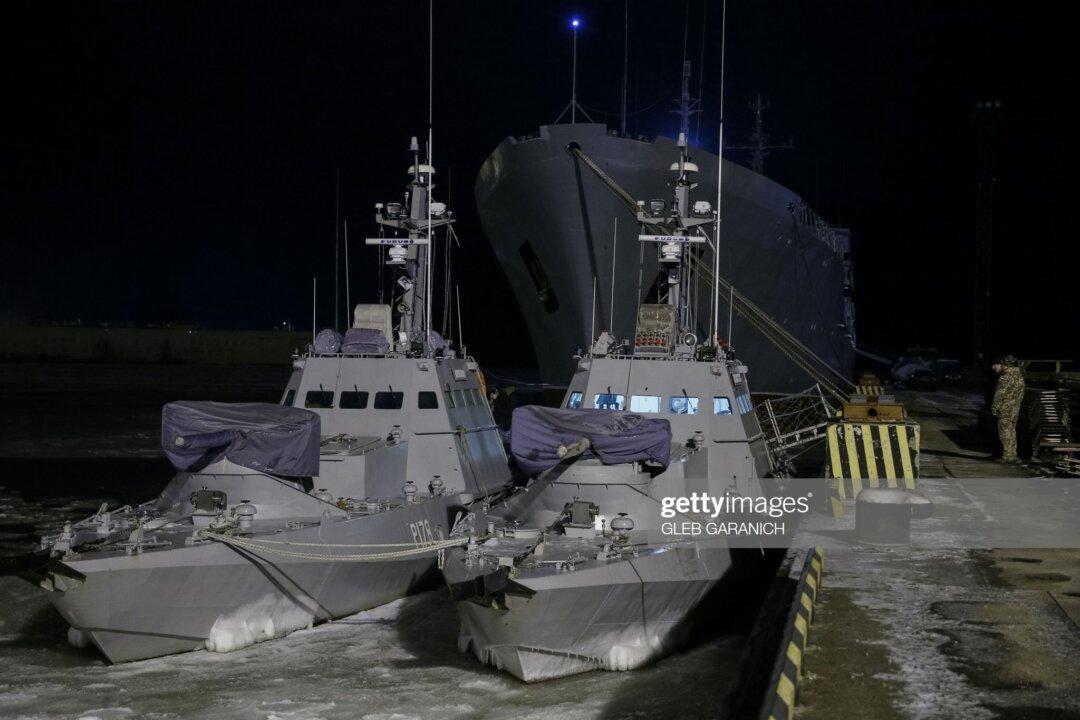Ukraine is back.
Back to plague the United States, NATO, and Europe generally with the conundrum of how to address blatant Russian aggression against Ukraine (the seizure of the Crimea) without direct, bloody confrontation with Moscow? And how to address more adroit Russian incursions of “little green men” militia and anti-Kiev militants’ territorial seizures of eastern Ukraine that are designed to destabilize Ukraine’s government and society?





